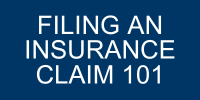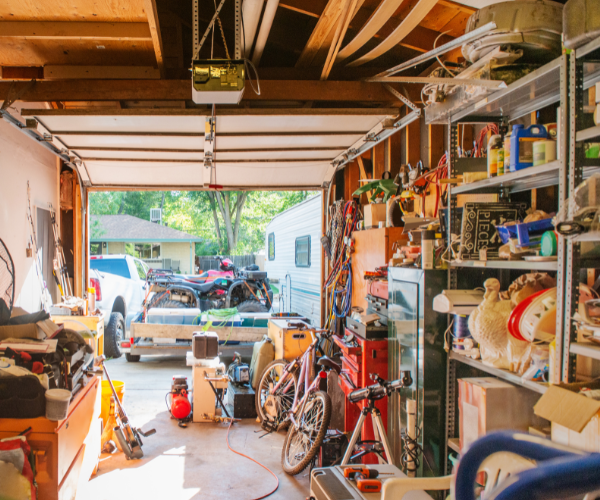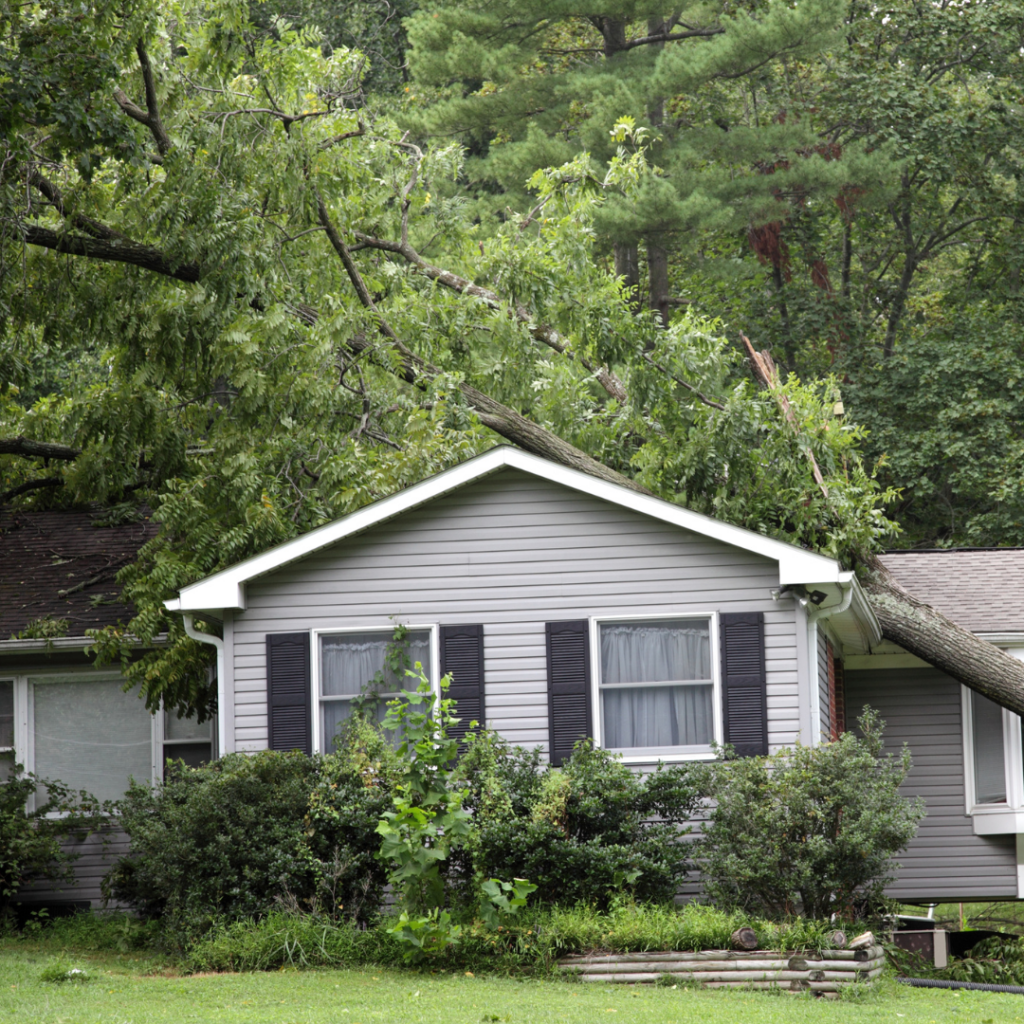One reason millennials should consider life insurance: They are likely to have debt. An overwhelming 73% of U.S. millennials were living paycheck to paycheck in the spring of 2023 as they dealt with mortgage bills, auto loans, credit card payments and other expenses.
Not all millennials are income earners. Individuals such as stay-at-home parents provide a valuable contribution to a household, even though they may not be earning a paycheck. Their contributions should be factored into any life insurance decisions. A surviving spouse may need to pay for services like child care and housekeeping that were previously performed without financial compensation.
Term life insurance is an option as it provides protection for a specific period of time, called the term length—typically 10 to 30 years—and term life insurance rates are also usually less expensive. The cost of term life insurance can make sense when you have a financial obligation such as paying for your dependents’ college tuition or paying off a mortgage.
Depending on the terms of your policy, you may be able to add a return of premium rider at an additional cost to your term life insurance policy, this rider may allow you to receive a return of all your premium payments at the end of the term period as long as your premiums have been paid on time and the policy hasn’t lapsed.
For coverage after the term, choices may include getting a new term policy; getting a combination of term and permanent insurance; possibly extending coverage past its expiration date on a year-to-year basis; or, depending on the term policy you have now, possibly converting it to permanent life insurance.






























